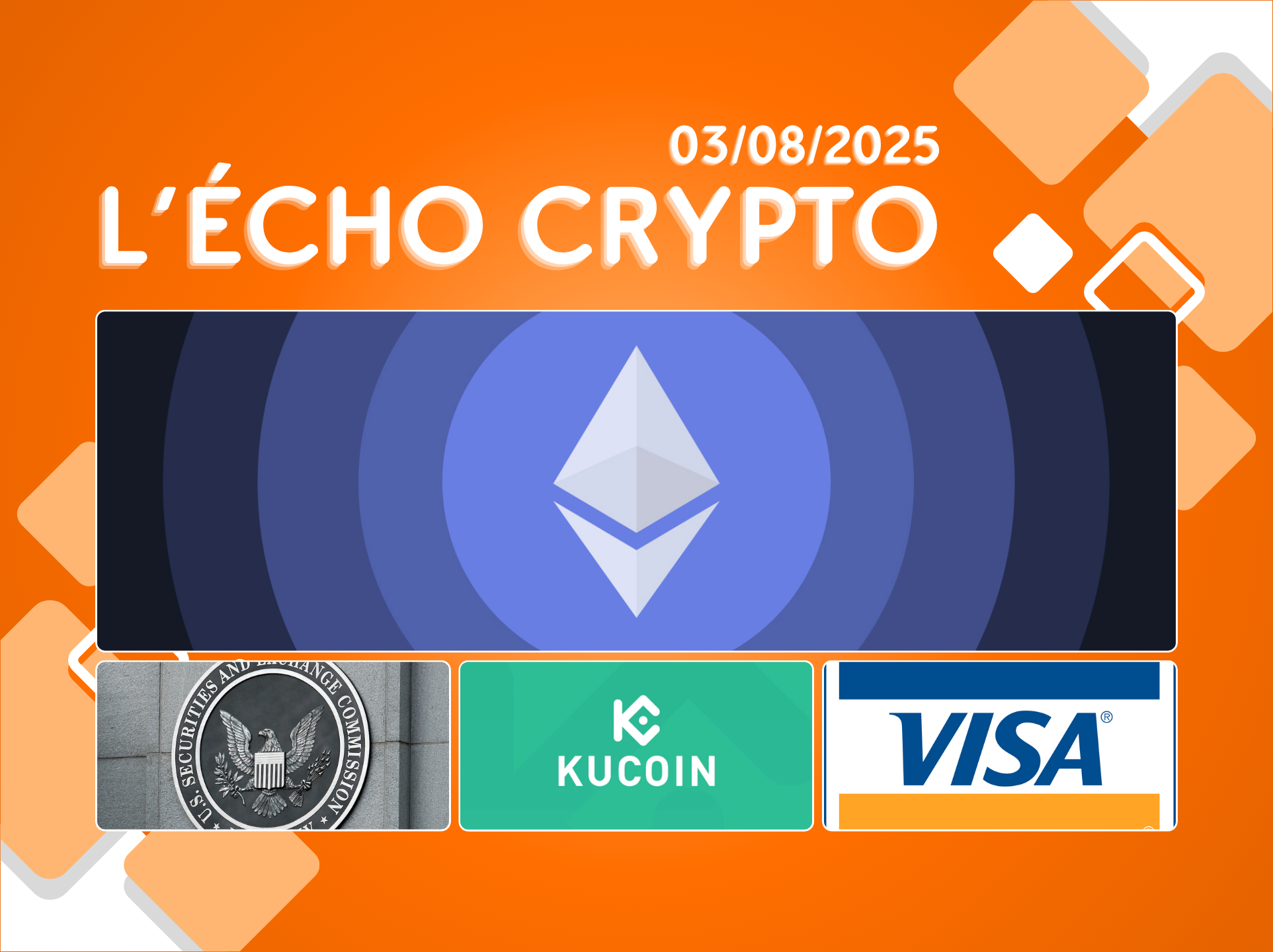
Ethereum celebrates its 10th anniversary
Ethereum celebrates its 10th anniversary
On July 30, 2015, Ethereum was officially born with the mining of its very first block. In ten years, this blockchain has evolved from an experimental project championed by Vitalik Buterin into a global infrastructure essential for decentralized finance, NFTs, Web3 applications, and much more.
The year 2016 marked a pivotal moment with the hack of The DAO, which led to a decisive hard fork, splitting Ethereum into two distinct networks: Ethereum and Ethereum Classic. Despite that crisis, Ethereum continued to evolve at breakneck speed.
The transition to Proof-of-Stake in 2022, enabled by The Merge upgrade, was one of the most significant milestones. That shift reduced its energy consumption by over 99%, bolstering its reputation as a responsible and sustainable network. Subsequent upgrades like Dencun and Pectra further advanced the network’s scalability, notably easing the deployment of Layer 2 solutions.
Today, Ethereum secures over $100 billion in value, supports millions of active users, and is seeing growing institutional integration—particularly via ETFs. Its stability, security, and openness to innovation make it an indispensable pillar of the blockchain ecosystem.
On the occasion of its 10th anniversary, the community celebrated the journey with various events, commemorative NFTs, and a serious reflection on the challenges ahead. Ethereum now enters its second decade with a clear ambition: to become the reference digital infrastructure for the world of tomorrow.
Get the best returns on Coinstancy.
Sign up for free in just a few clicks.
The SEC aims to shift U.S. markets on-chain
The Securities and Exchange Commission, led by Paul Atkins, has launched an ambitious initiative called “Project Crypto.” The project seeks to embed blockchain infrastructure at the core of U.S. financial markets, modernizing trading, settlement, and clearing systems.
The goal is explicit: to transition market flows to on-chain systems with real-time settlement, enhanced security, and automated regulatory controls to standardize compliance. It fits into a broader vision to reinforce the United States’ position as a global leader in the digital economy.
The rollout is phased: first a pilot for securities trading in 2024, followed by planned expansion to banking operations and derivatives by 2027. This gradual scale-up is intended to allow measured adaptation by financial players.
A key priority is clarifying the classification of digital assets—clearly distinguishing what constitutes securities, commodities, stablecoins, or utility tokens.
This regulatory strategy is echoed in a presidential report recommending adoption of the Genius Act, restructuring responsibilities between the SEC and CFTC, and introducing updated anti–money laundering standards tailored to digital assets. In this context, several major players, such as Coinbase, are preparing tokenized equity offerings, directly aligning with this regulated on-chain logic. If successful, the program could accelerate the modernization of the entire financial system.
KuCoin exits France
KuCoin has announced it will stop offering services to French residents starting in August, due to its noncompliance with the EU’s MiCA regulation and applicable national directives. As of August 4, French users will no longer be able to place orders, deposit funds, or open new KYC accounts. They are advised to withdraw their assets as soon as possible. The next phase, scheduled for August 25, will trigger automatic liquidation of any open positions, cancellation of pending orders, and deactivation of KuCard cards. Remaining balances above a certain threshold will then be transferred to a compliant third-party entity, with instructions provided by KuCoin for recovery. Affected users have less than a month to secure their assets without constraints. KuCoin says it hopes to return to France contingent on obtaining a valid license within the Union, via a MiCA-compliant regulated entity. This withdrawal raises broader questions about the balance between crypto innovation and regulatory obligations, even for the most influential platforms. The decision marks a turning point: adherence to standards is becoming unavoidable to operate on European soil. KuCoin’s case thus becomes a clear example of the potential consequences of regulatory misalignment. Other actors may soon face the same dilemma: comply or exit.
Get the best returns on Coinstancy.
Sign up for free in just a few clicks.
Visa multiplies stablecoin options
Visa has taken a major step into the digital payments era by integrating three new stablecoins into its settlement infrastructure: two dollar-pegged (USDG and PYUSD) and one euro-pegged (EURC). Simultaneously, it is expanding support to two additional blockchains—Stellar and Avalanche—alongside the already supported Ethereum and Solana.
These developments are part of a clear strategy: to offer a multi-stablecoin, multi-chain network capable of smoothing global transactions while ensuring speed and interoperability. Some users will now be able to send or receive payments in digital dollars or euros directly through Visa.
Visa first demonstrated interest in stablecoins in 2020 by experimenting with USDC for settlement. Today, the company aims to serve card programs, banking partners, and fintechs on these new chains, building out a resilient infrastructure.
For Cuy Sheffield, Visa’s head of crypto, stablecoins represent an opportunity to bolster financial inclusion in emerging markets where access to traditional banking is limited. Jack Forestell, the product lead, endorses the announced openness as fundamentally scalable. He believes the recent uptick in regulation—particularly via the Genius Act in the United States—clarifies the development environment for these digital assets.
In practice, Visa is positioning itself as a crucial bridge between the crypto world and existing financial flows. Its ambition: to make stablecoins a common, efficient, and integrated means of payment. This acceleration lays the groundwork for broader adoption, including in less connected economies.